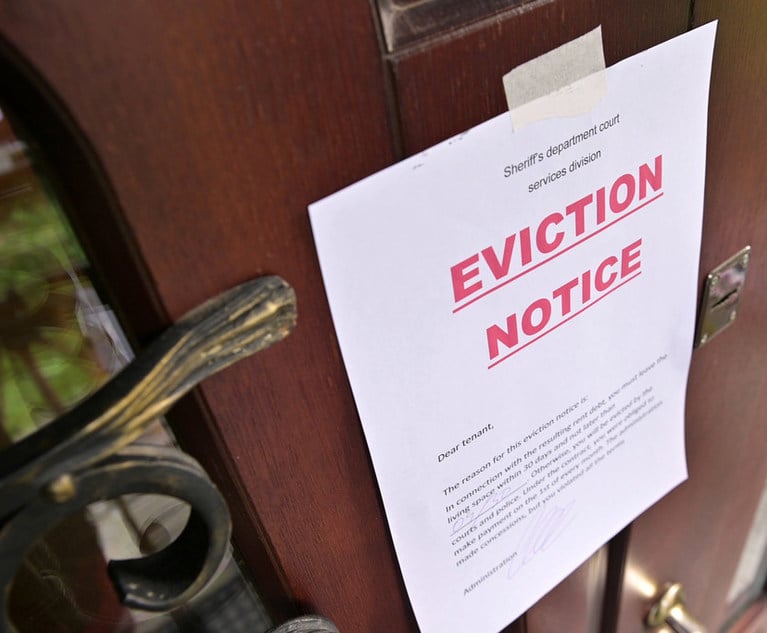As mentioned in Part I, this article tracks some of the unforeseen results of the persistently unsettled state of New York’s rent overcharge regime. Part II considered the knock-on effect of a decade of unpredictable Court of Appeals rulings on New York City’s residential property management industry. This final part examines them in the context of the financial sector; specifically the portion that deals in real estate-backed securities.
The concerns addressed herein arise from the fact that residential apartment buildings in New York City all have a dual nature as (a) dwellings and (b) investments. The Court of Appeals’ decisions in such cases as Roberts v Tishman Speyer Props., L.P. (13 NY3d 270 [2009]) and Kuzmich v 50 Murray St. Acquisition LLC (34 NY3d 84 [2019]) held that, in their capacities as dwellings, residential apartment buildings are subject to state tax laws which, in turn, also subject the buildings to the Rent Stabilization Law (RSL). These legal requirements have a profound but rarely considered effect on residential apartment buildings’ other identity as investment properties. In that latter capacity, a property’s “owner” may be an individual or corporate landlord and/or managing agent, or it may be a Real Estate Investment Trust (REIT).


 (Photo: Victor J. Blue/Bloomberg)
(Photo: Victor J. Blue/Bloomberg)




